St Albans Road Redbournbury Mill
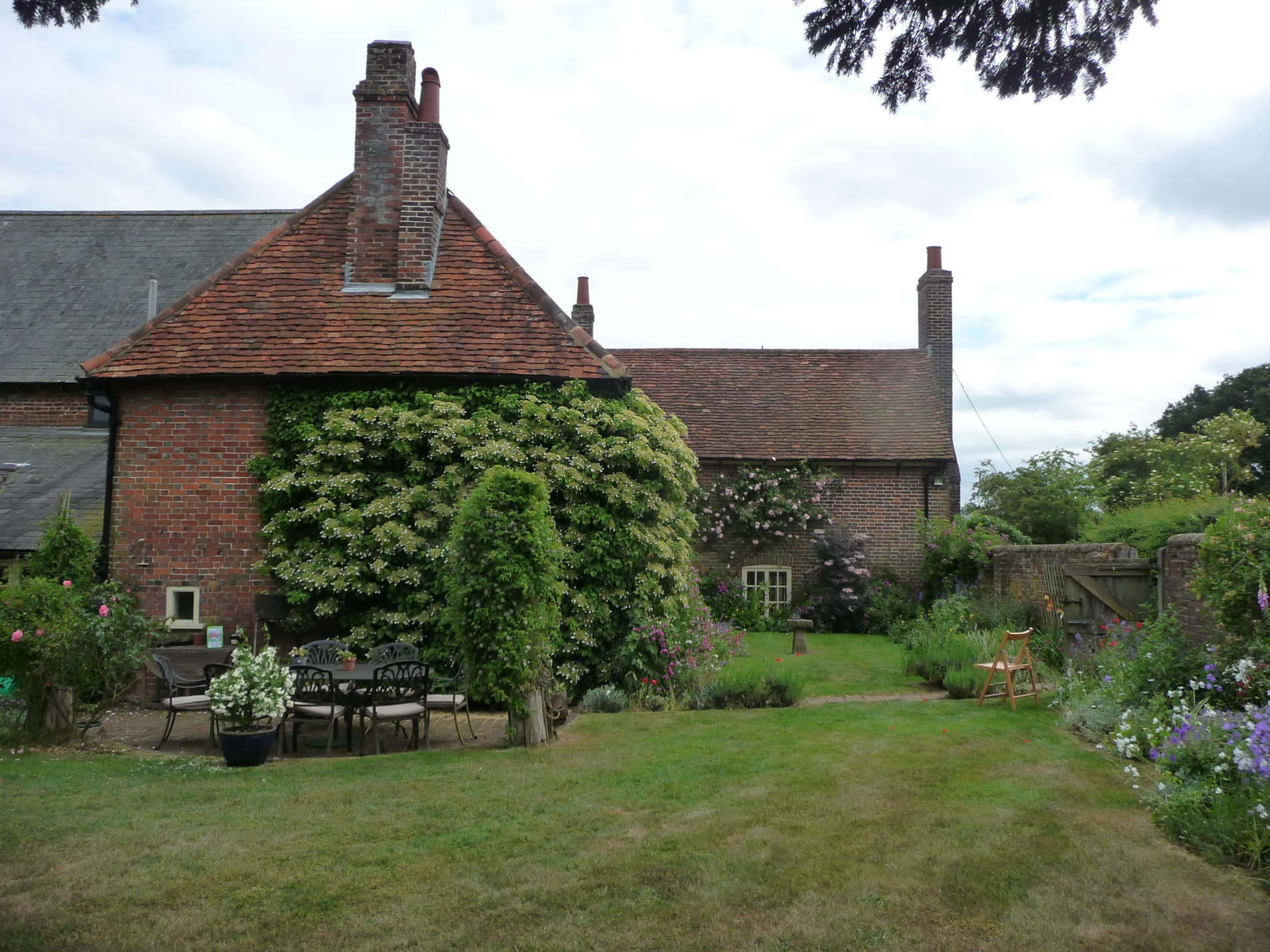
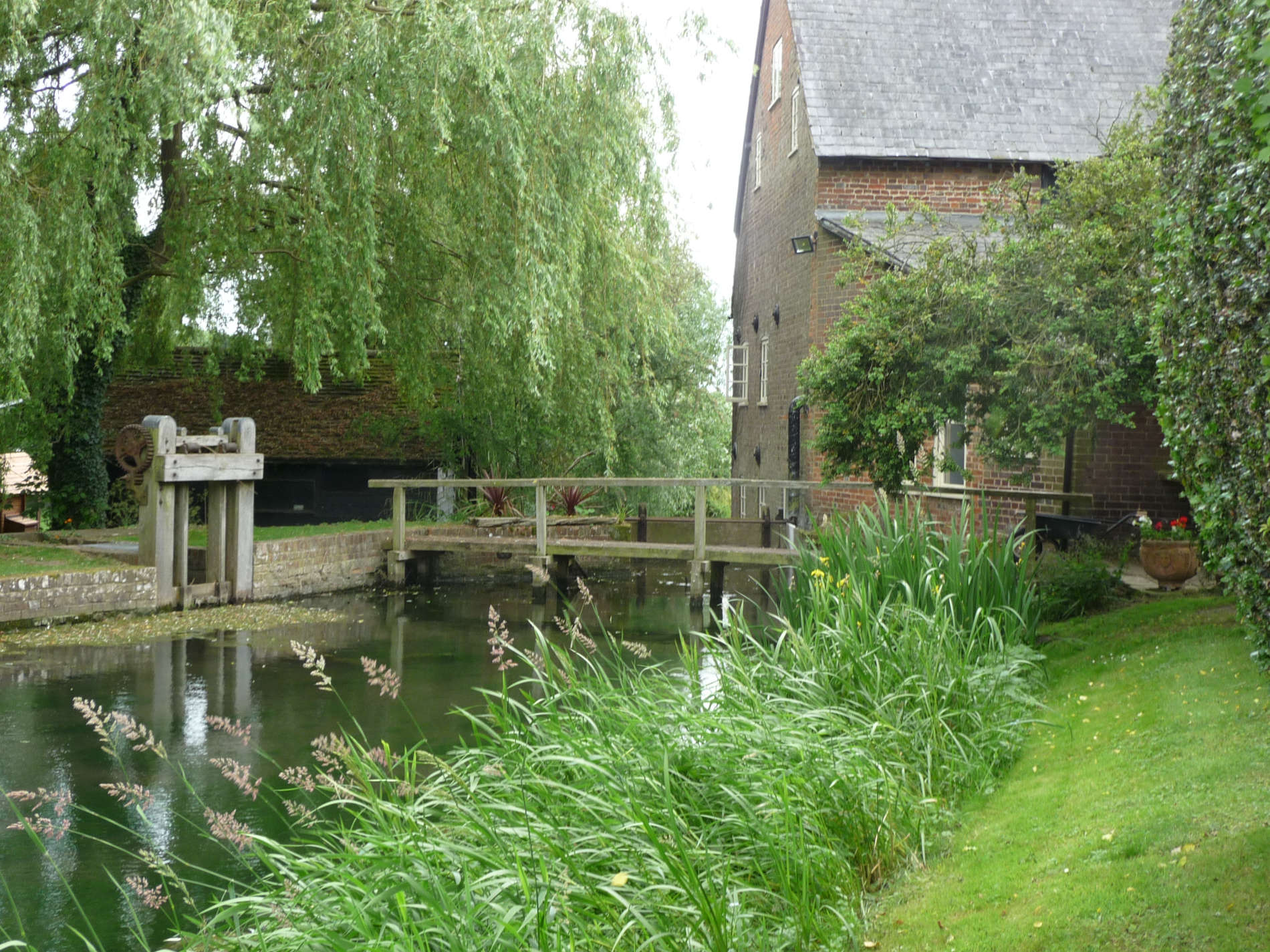
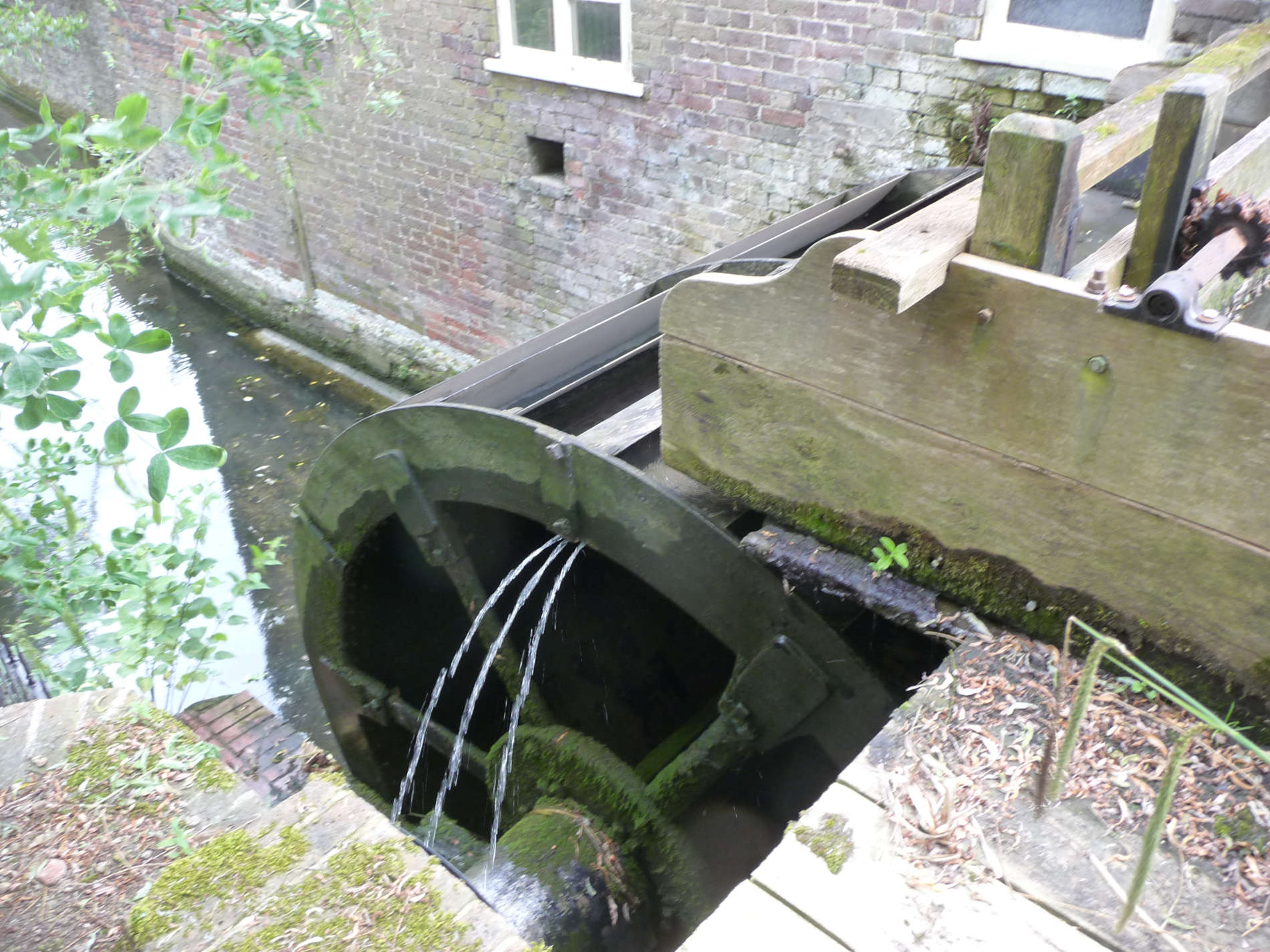
A mill on this site was given to the Abbot of St Albans by the local Saxon landowner, Aegelwine le Swarte. It would have been made out of wood with a drive shaft from the external waterwheel entering the building through one wall. At the time of the Domesday Survey in 1086, it and the mill at Bettespool were valued at 26 shillings (£1.30). It would have had a leat, – an embankment along a length of the River Ver and sluice gates or weirs constructed so the river could flow along its natural course as well. The mill was known as the ‘Chamberlain’s Mill’, as it was near the grange from where the Manor of Redbourn (Redbournbury Grange) was run.
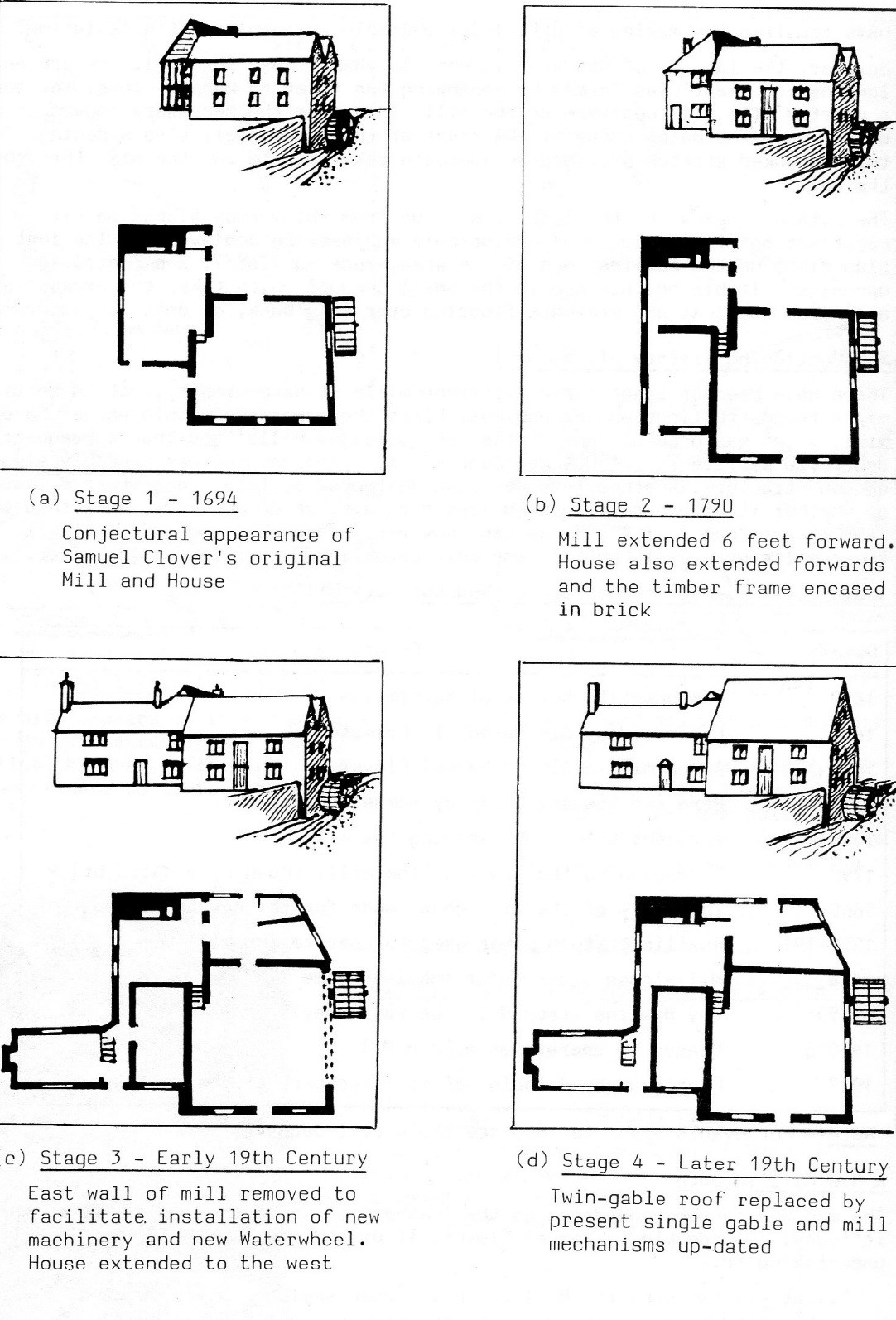
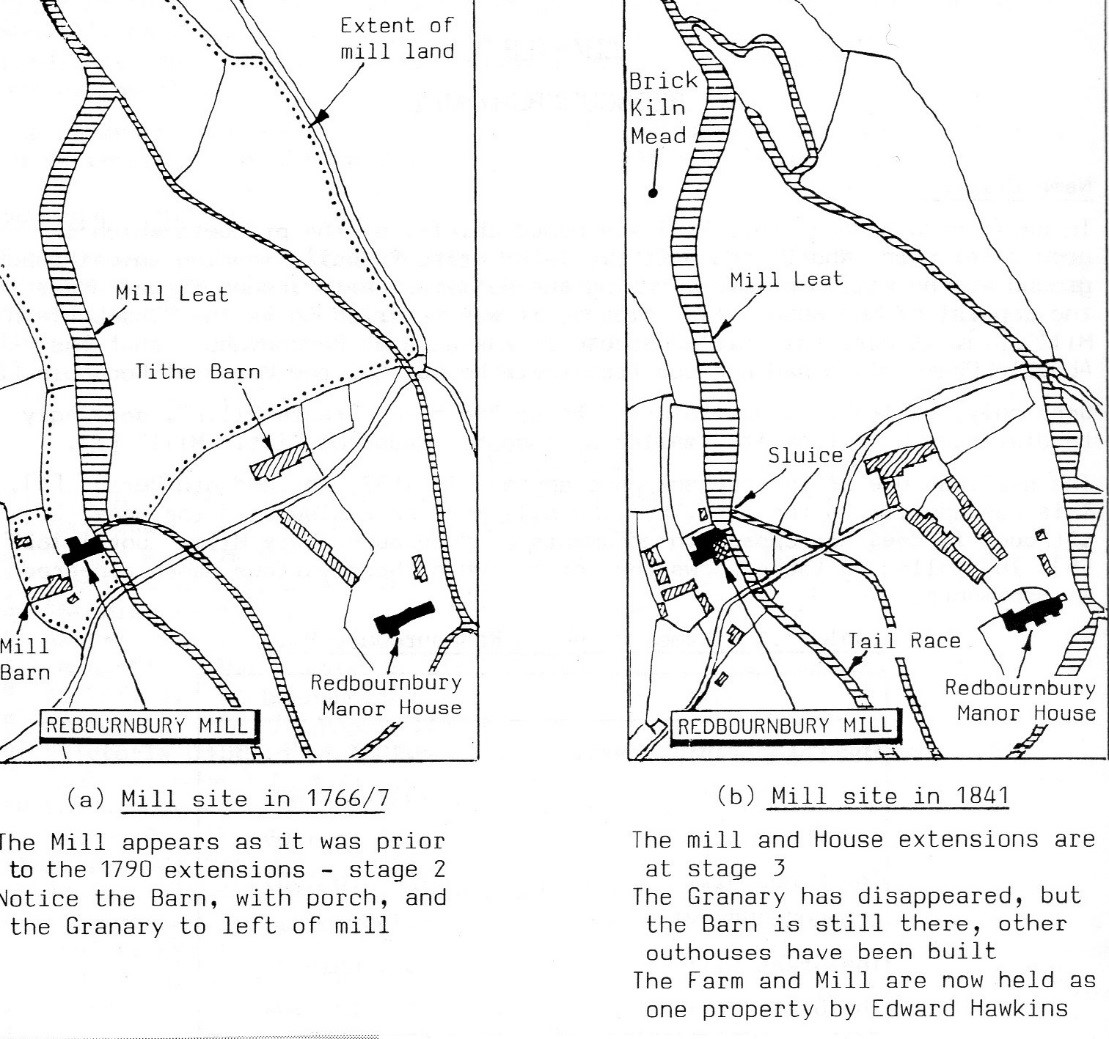
A fire destroyed the mill during the time of Abbot John de Berkhampstead (1290-1301) and it was probably replaced by another wooden one. The mill appears in monastic records in 1537 as being leased to William Horne. At the dissolution of the monasteries under Henry VIII, the mill became crown property and as such passed to Elizabeth, Henry’s daughter by Anne Boleyn, in 1550 and then in 1601 to James 1st. By 1559 the name ‘Redborun Burie’ was used for the farm and the mill. During the early 17th century, Edward Ferrers and Francis Philips were granted the title to both Redbourn mills. The title was transferred to Lady Katherine Vanloor and her husband Peregrine Pelham. They sold the freehold to Thomas Heydon in 1650, and he sold it to Sir Harbottle Grimston of Gorhambury in 1652. By this time it was referred to as Redbourne Greate Mill and was valued at £23 6s 6d (£23 32p). In 1694, a new mill and mill house were built by Samuel Glover. The records state that he was also to build barns, stables, outhouses , with ‘edifaces, buildings, mill pond, floodgates, banks, stankes, going gears, wheels, brasses, yards, gardens, orchards, osier yards, backsides and all fruit trees’. However he probably repaired and adapted the existing structures as the £ 40 he was granted for the work was obviously insufficient for such a vast project. But he did, it seems, build a barn of three bays, and a granary.
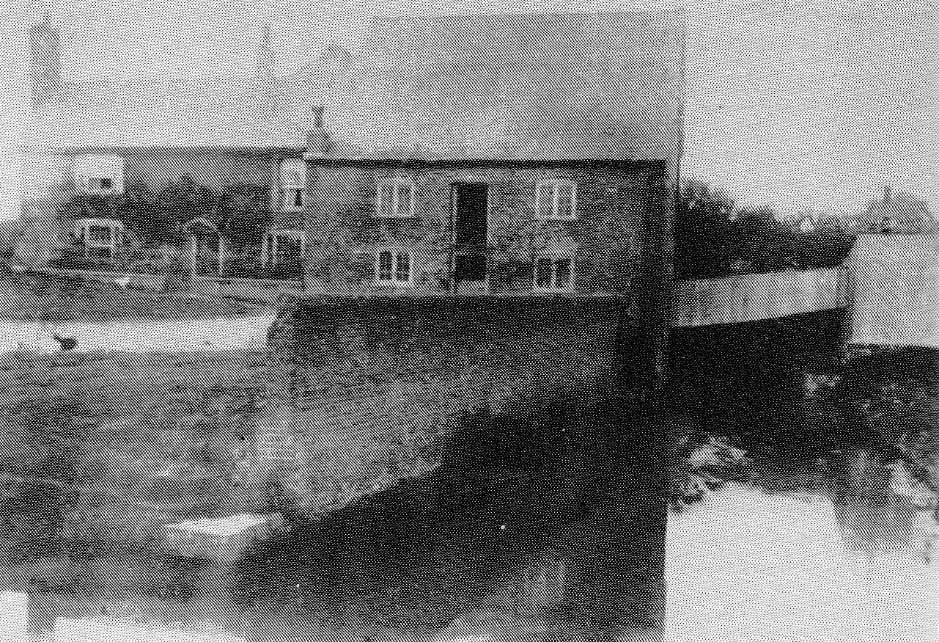
The mill house seems to have grown from a one roomed cottage in 1694, to a double fronted one by the 1790’s. New machinery was installed in the mill and the wooden wheel and gearing were updated in the 1840’s and the three ‘in-line’ mill stones fitted. Steam power appeared at the mill at the start of the 20th century. The mill remained in the hands of the family until the 1930’s, when it was sold to the Crown Estates who held it until 1987. In August 1987, a fire destroyed all of the mill’s interior and part of the roof of the house. With help from English Heritage, restoration began and in 1997, the Crossley Oil engine was restored and installed and the following year, the mill was again milling. In 2005, the bakery opened and in 2009, the waterwheel was restored.
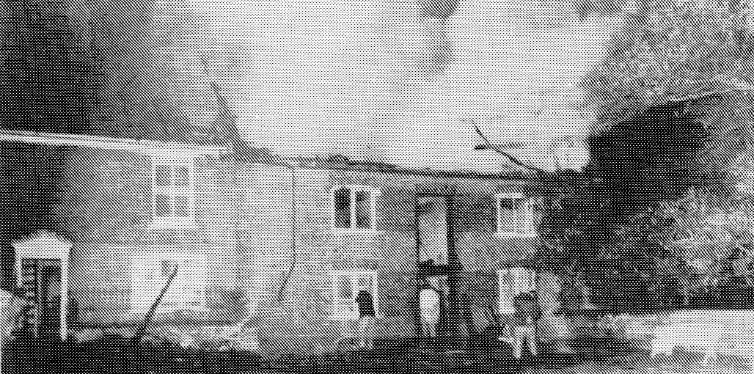
Of the millers themselves, much is recorded. From 1649 to 1987, about 20 can be identified. Family names such as the Hickmans, Meadows, Hawkins. It was once said that the Hawkins family ran the mill for 120 years from 1841 to but there were gaps – between 1861 and 1881. The last member of the family, Ivy left the mill in 1885 aged 89.
The mill ground corn, wheat, and at times animal feed. During the period when it was controlled by St Albans Abbey with the Chamberlain in residence at the grange or manor house, it served the home or demesne farm. There was a ‘Great Barn’ in which the corn from the farm and the tithes (taxes) in the form of corn and hay from the village who owed dues to the Abbot were stored prior to milling. This barn, which lay to the east of the mill, north of the house, was destroyed by fire in 1944.
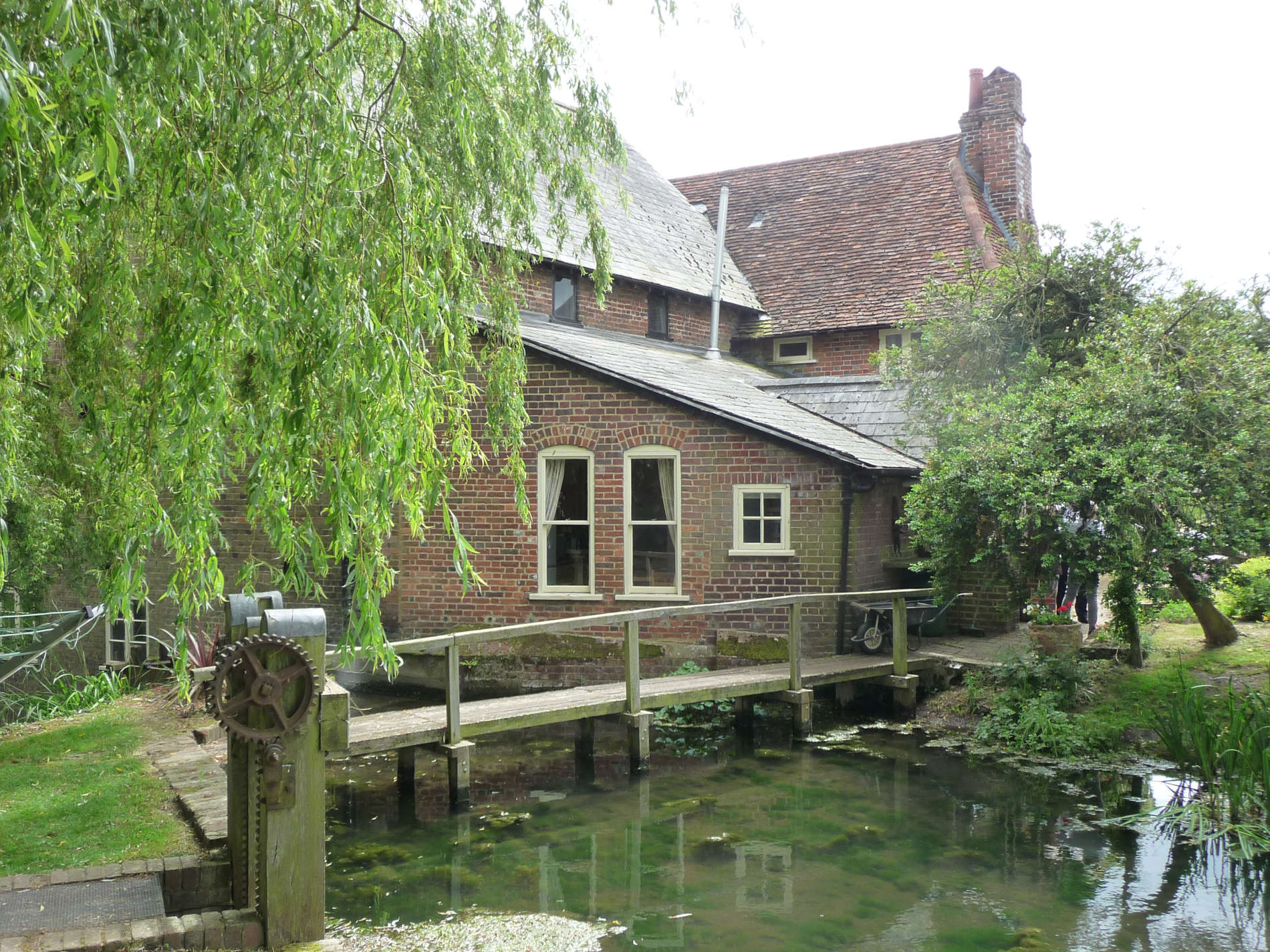
vincent edwards
Good morning,
I bought your unbleached white and, 100% wholemeal flour and followed the recipe and ingredient quantities for my Andrew James breadmaker. Each time the bread turned out completely distorted. Do you have any idea why this may have be happened, or have a standard breadmaker recipe for a whole meal bread using your flour?
Kind regards,
Vince